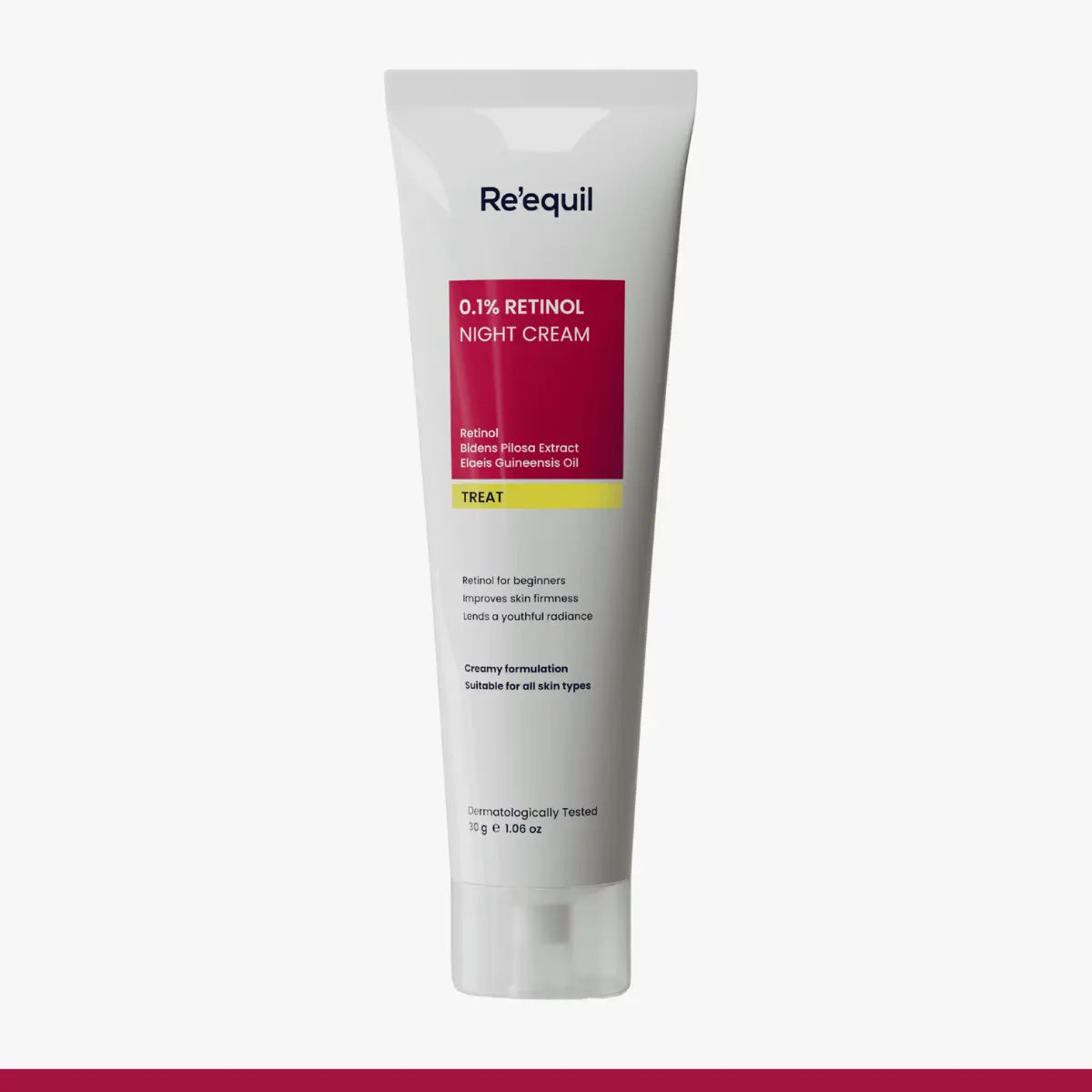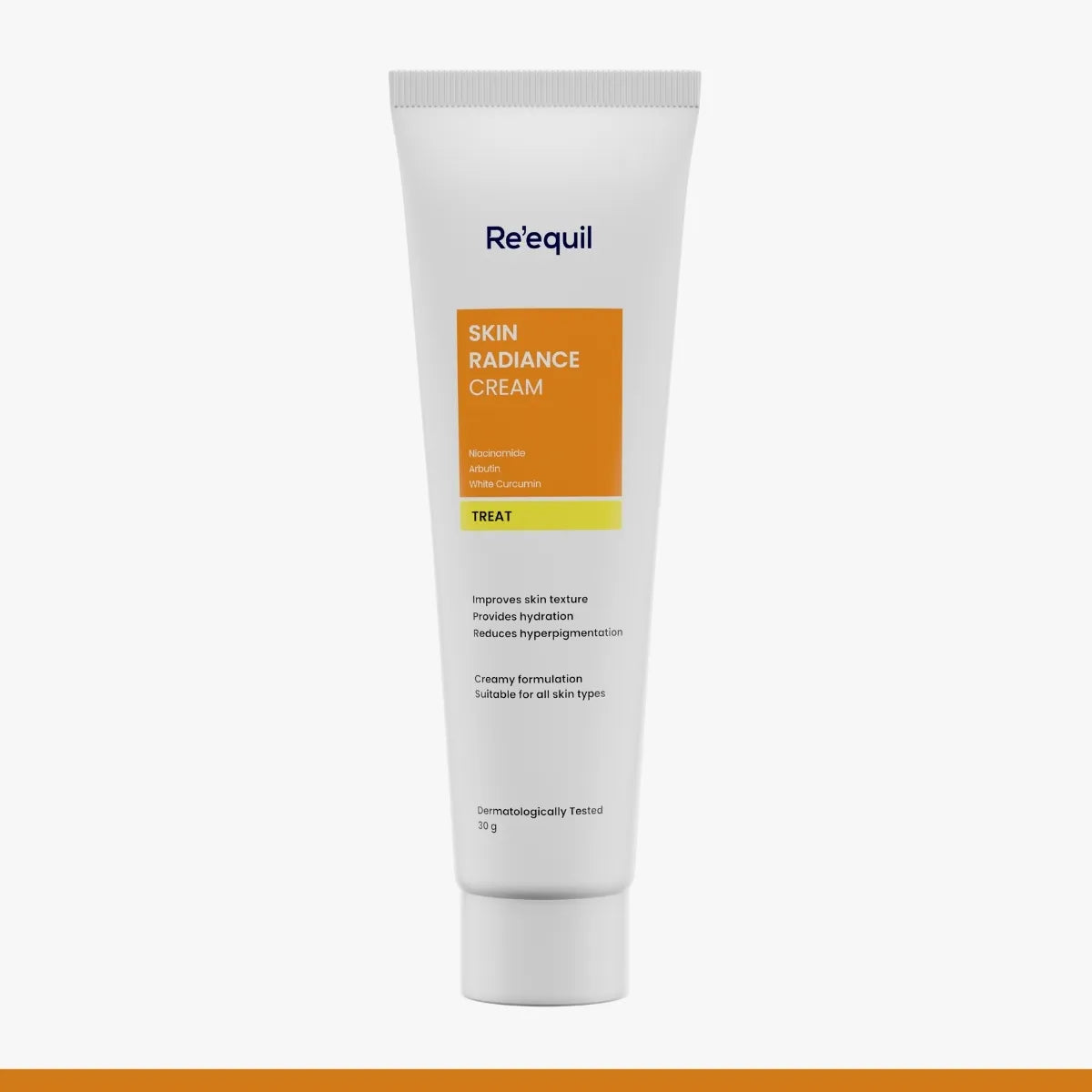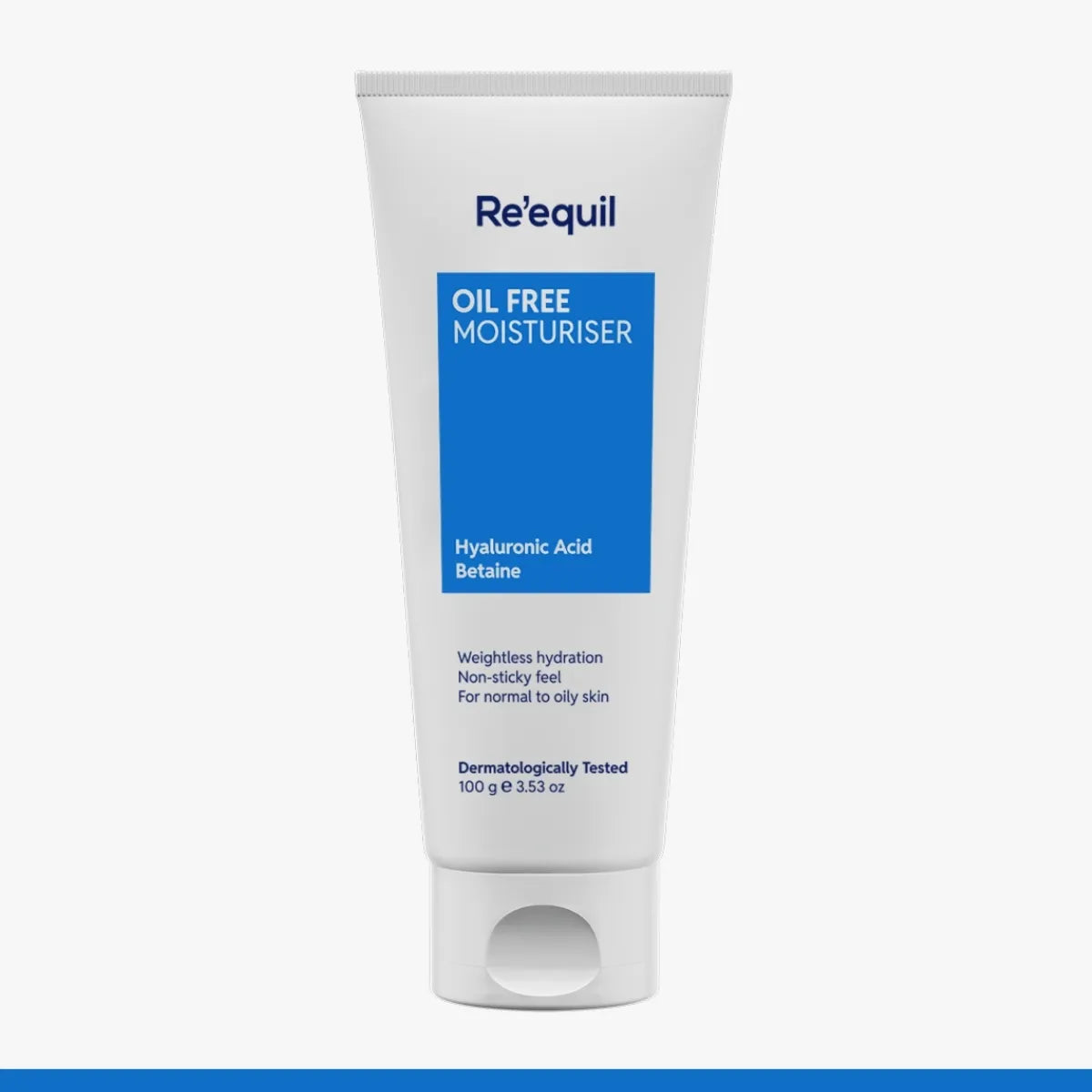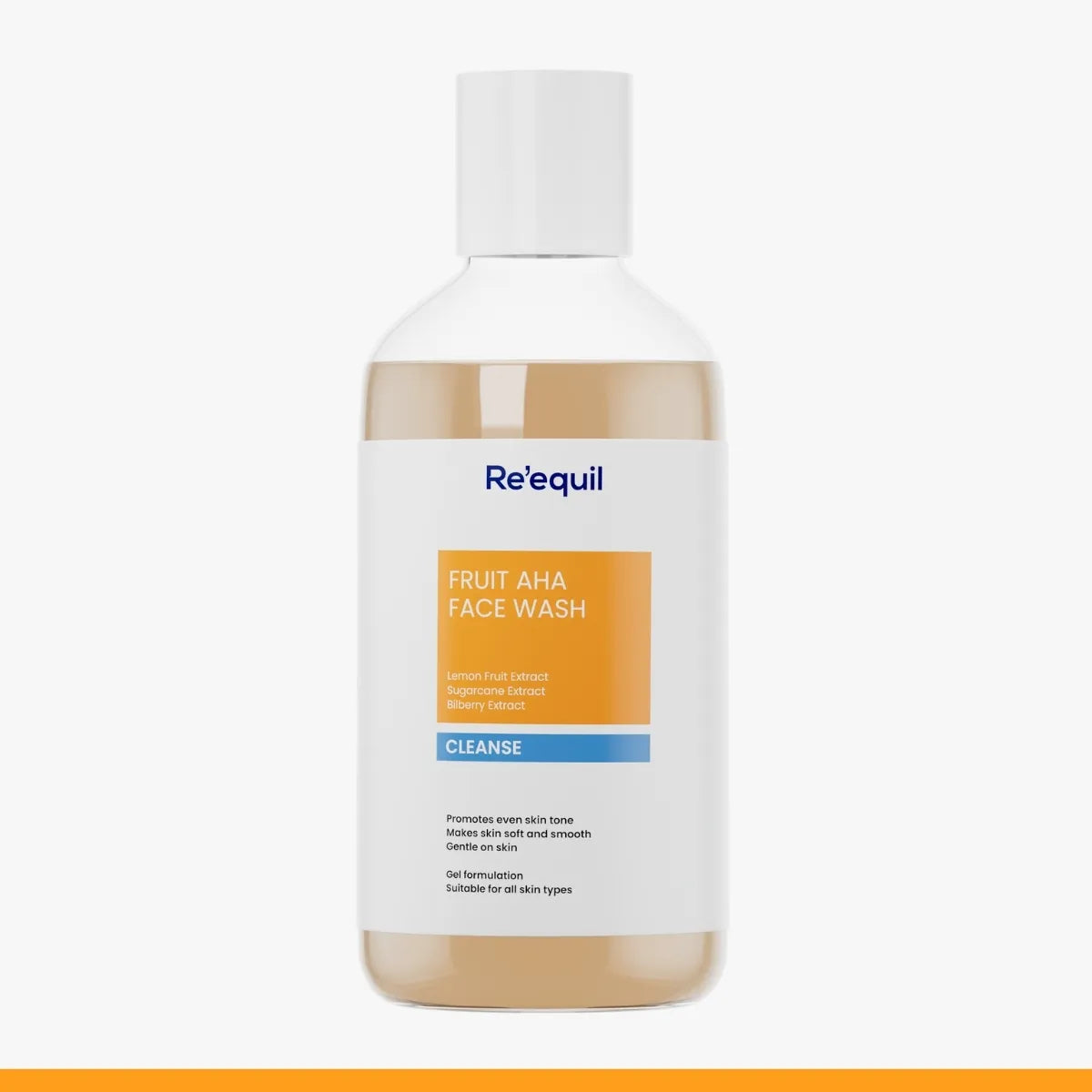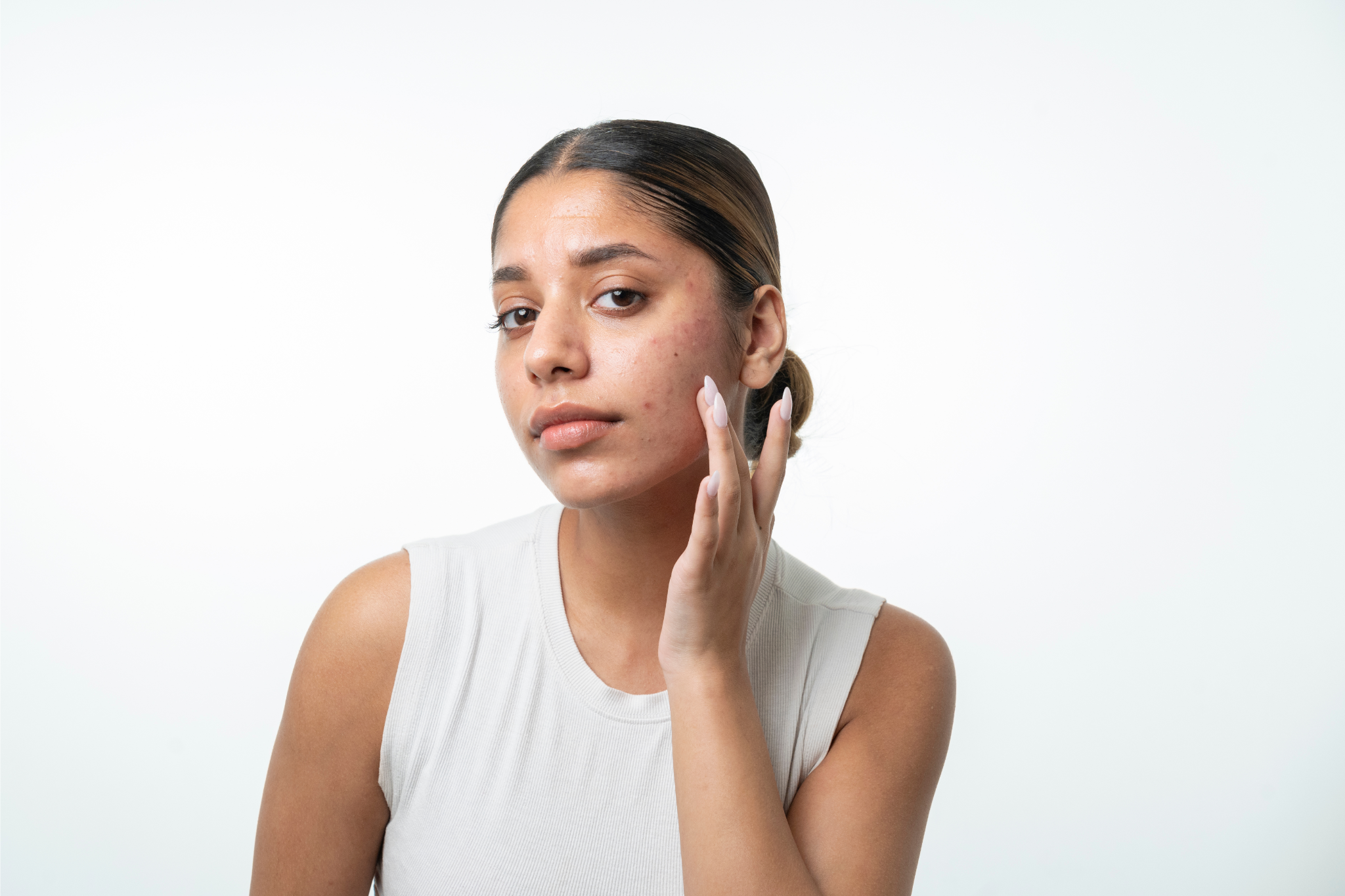Every experience leaves an imprint. Some sit quietly in memory, others echo through the body.
Stress is no different.
You might try to bury it under productivity hacks or late-night pep talks, but it always finds a voice.
And often, it’s the skin speaking.
The question, then, isn’t just how to hide the signs. It’s about recognising them before they etch themselves deeper.
Effects of stress on the skin
Ever gotten so nervous that you started to flush or sweat?
If yes, you’ve already experienced how the brain responds to stress through the skin.
However, science emphasises that repeated exposure to stress can have a lasting impact on the skin. Here are the three most common ones:
Early signs of ageing
Stress accelerates the breakdown of collagen and elastin, the proteins that keep skin firm and supple.
The result?
Fine lines, wrinkles, and tech neck lines appear sooner than expected.
Weaker skin barrier
Your skin barrier is like a castle wall, guarding against pollution, irritants and everything in between.
Chronic stress thins those defences, leaving skin sensitive, reactive, and more vulnerable to environmental pollutants.
Redness and mild rashes
Stress commonly causes episodes of redness or transient rashes.
These often appear as faint patches or blotches on the skin, particularly on the face, neck, or chest.
These reactions are often temporary and may resemble mild allergic responses even if no allergen is present.
Managing stress in a fast-paced lifestyle
Search the internet and you’ll find a deluge of stress management techniques—thousands of articles, countless videos, and endless theories.
But idioms like 'the more the merrier' don't quite fit here.
Because with more options comes more confusion.
Hence, below are three tested ways that personally helped me manage everyday stress.
Know your triggers
The first step in managing stress is awareness.
Notice what sparks tension. It could be deadlines, long commutes, or even certain conversations.
Once you know your triggers, you can prepare for them.
For example, if traffic frustrates you, try audiobooks or calming playlists to turn that time into something restorative.
Take quality rest
In our last email, we discussed the importance of quality rest and how you can achieve it.
Missed it? Read it here: 5 Surprising Ways to Get Quality Rest
Short walks without screens, mindful breathing, or even 15 minutes of quiet reading can recharge your system.
Think of it as giving your body a pit stop so it keeps running smoothly—not just collapsing into bed at midnight.
Build a personalised stress relief toolkit
Stress management isn’t one-size-fits-all.
Try different approaches, such as journaling, stretching, music, or even a call to a trusted friend.
Know what works best for you, then stick to it. The key is to experiment and discover what genuinely calms you.
Over time, this collection becomes your go-to safety net when stress knocks at the door.
Live a Stress-Free Life Ahead
Stress will always try to inscribe itself on your skin.
The real choice is whether those marks become permanent scars or gentle reminders to slow down.
When you recognise your triggers, give yourself rest, and develop your own toolkit, you do more than just manage stress.
You take back the pen. You master the story your skin tells the world.
All the best.
